(And What I Use Instead)


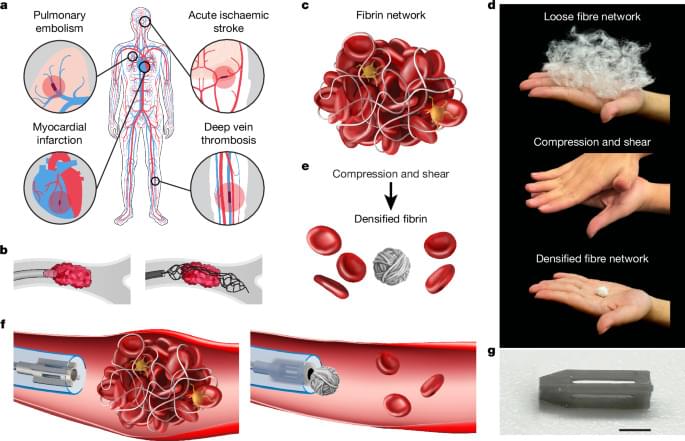

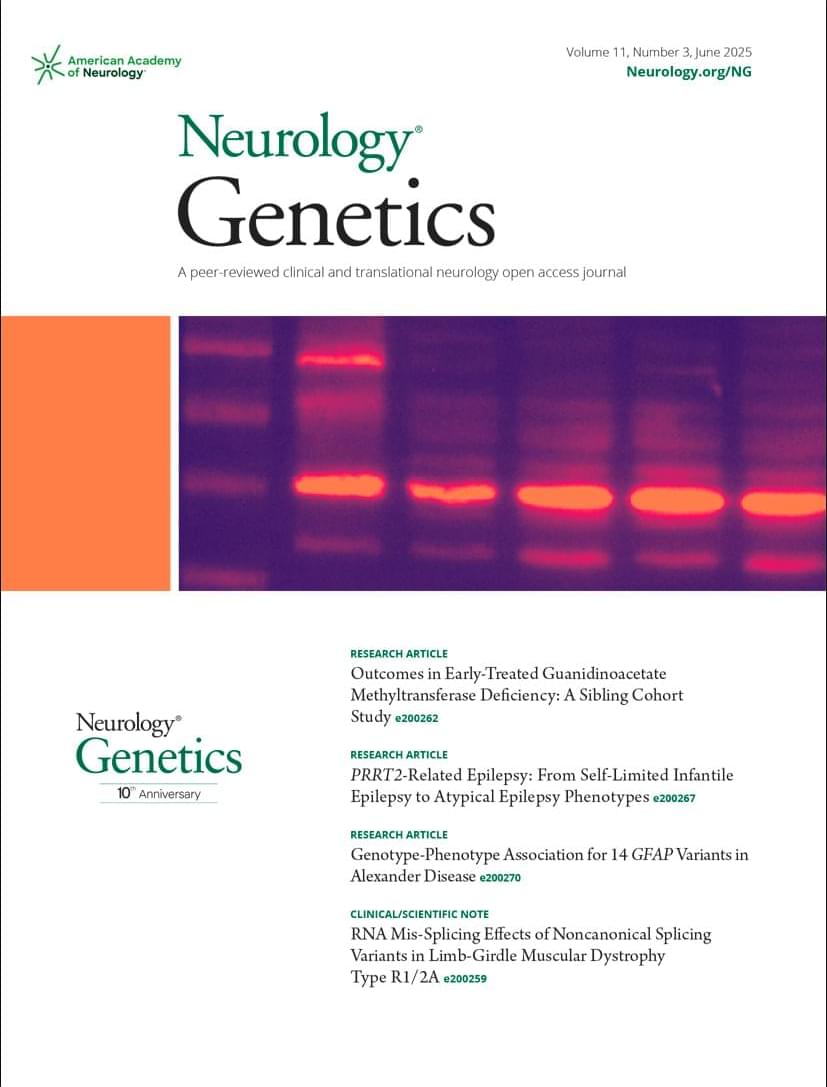
Question Are there more effective systemic treatment options for ERBB2-negative metastatic breast cancer and active brain metastases?
Findings In this nonrandomized clinical trial of 47 patients treated with utidelone plus bevacizumab, the central nervous system objective response rate was 42.6% according to the Response Evaluation Criteria in Solid Tumors version 1.1. The safety profile of this treatment approach was manageable.
Meaning These findings suggest that combination therapy with utidelone plus bevacizumab is a potentially viable treatment for patients with ERBB2-negative metastatic breast cancer and active brain metastases.

Citrate is essential for the metabolism and development of neurons. A membrane transport protein called SLC13A5 plays a central role in this process and has previously been linked to a particularly severe form of epileptic encephalopathy.
Building on data from the recently completed RESOLUTE and REsolution flagship projects, scientists at CeMM have comprehensively studied the function and structure of the membrane transporter SLC13A5, experimentally investigating 38 mutant variants.
Their findings, published in Science Advances, shed new light on the mechanisms of this disease and lay the foundation for further research into epilepsy and other disorders.
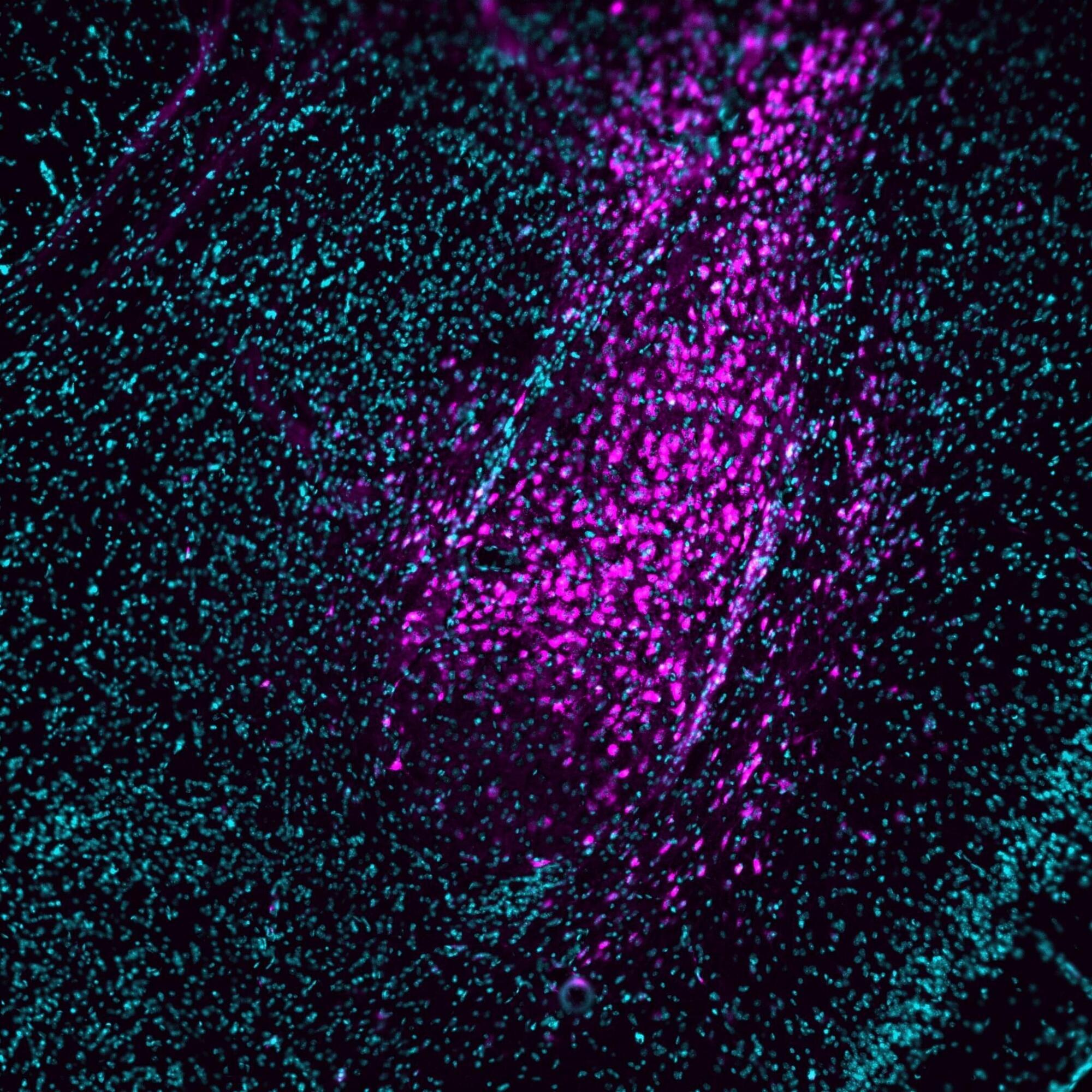
Our brain makes decisions based on direct associations between stimuli in our environment, but it often also does so based on events that initially appear unrelated. How does it achieve this? A recent study by the Cellular Mechanisms in Physiological and Pathological Behavior Research Group at the Hospital del Mar Research Institute, published in Proceedings of the National Academy of Sciences, offers new insights into this process and identifies the brain areas involved.
Using observations in mice, led primarily by first author and Ph.D. student José Antonio González Parra and supervised by Dr. Arnau Busquets, the research team was able to determine the mechanisms involved in how the brain makes decisions based on indirect associations between different stimuli. That is, instead of directly associating a specific stimulus with a rewarding or aversive situation, the brain establishes connections between two or more stimuli.
Dr. Busquets explains, “The project aims to understand how the brain enables us to make decisions based on indirect relationships between stimuli in our environment.”
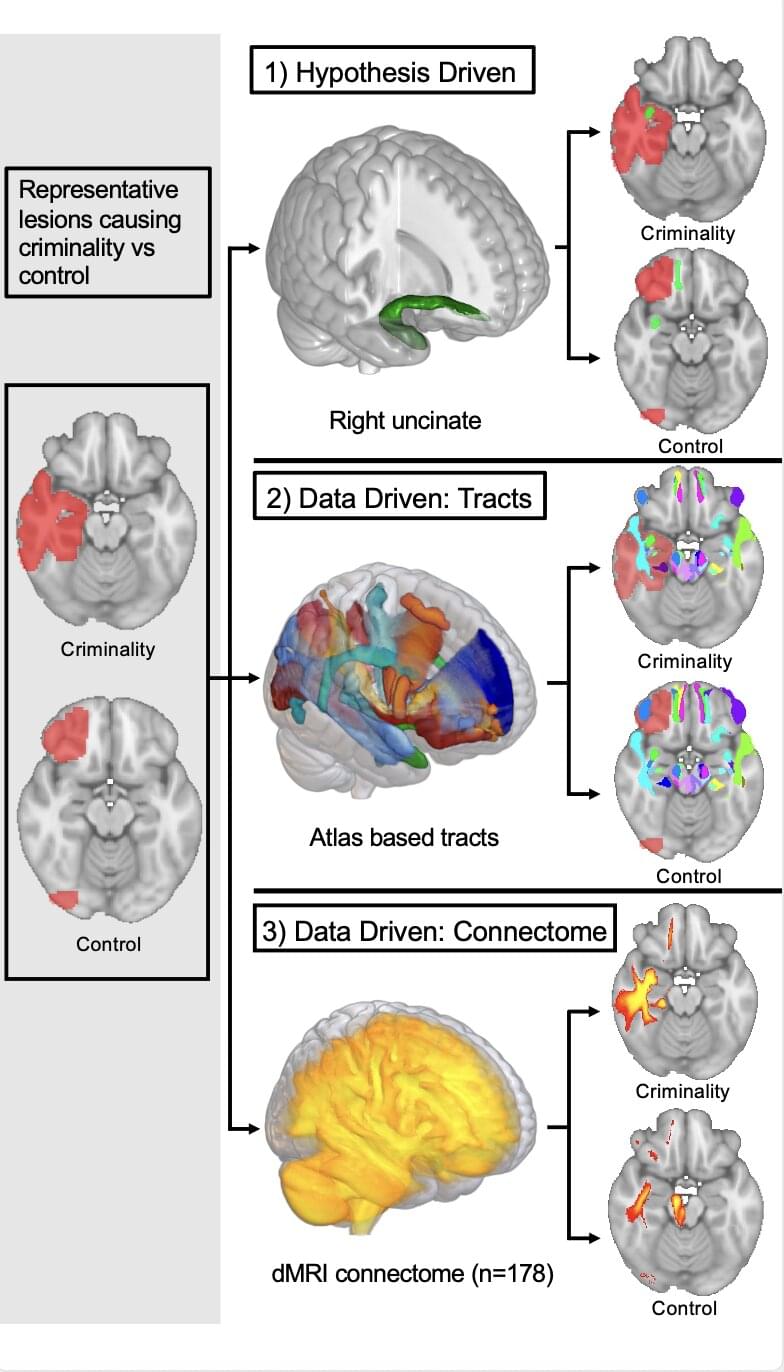
Over the past decades, some lawyers have started using brain imaging scans as evidence during criminal trials, to provide a possible explanation for the criminal behavior of defendants. This was justified by recent neuroscientific studies, which found that some people who commit crimes present differences in specific parts of the brain. Yet a key question remains: are these brain changes causal, compensatory or incidental to the behavior?
To answer this question, researchers at Brigham and Women’s Hospital, Harvard Medical School and other institutes in the U.S. analyzed the locations of brain injury temporally associated with a new onset of criminality.
They found evidence suggesting that lesions to a specific white matter tract could be causally implicated in the behavior of individuals who start committing crimes after injury.
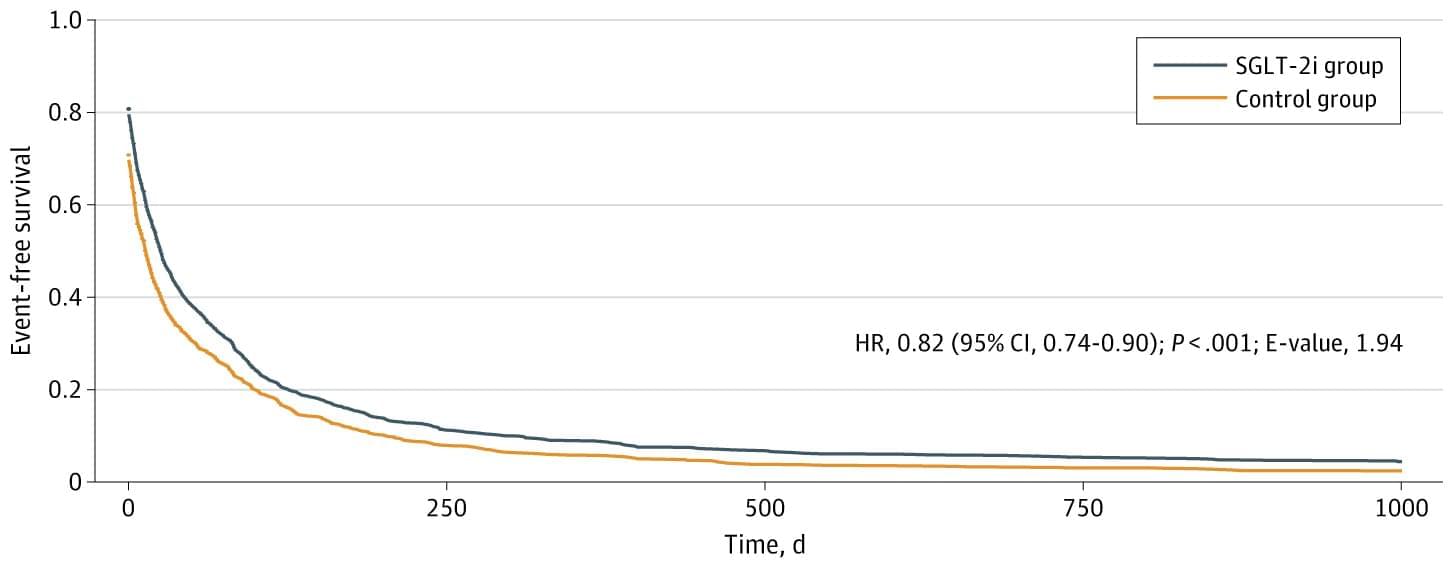
This retrospective cohort study was conducted using data from TriNetX, a multi-institutional health research network. Using the TriNetX platform, we accessed deidentified electronic health records from over 212 million patients across 120 major health care organizations.9 The built-in analytic functions of TriNetX enable patient-level analyses while ensuring that only population-level data are reported.
This study was approved by WCG Clinical, which granted a waiver to TriNetX as a federated network and was deemed exempt from informed consent owing to the use of existing, non–human participant data that were deidentified per the US Health Insurance Portability and Accountability Act privacy rule. The study followed the Strengthening the Reporting of Observational Studies in Epidemiology (STROBE) reporting guideline.
We included patients with cirrhosis (International Statistical Classification of Diseases and Related Health Problems, Tenth Revision [ICD-10] codes K74.6 and K74.69), who were taking furosemide (RxNorm [National Library of Medicine] code 4603) and spironolactone (RxNorm code 9997) between January 2013 and July 2021. For patients receiving an SGLT-2 inhibitor (Anatomical Therapeutic Chemical code A10BK), the index event was defined as the date on which they were concurrently prescribed spironolactone, furosemide, and an SGLT-2 inhibitor. For the control group, the index event was the date on which they were prescribed concurrent spironolactone and furosemide but not an SGLT-2 inhibitor. Each patient was followed up for 3 years from the index event, with follow-up ending on July 11, 2024.

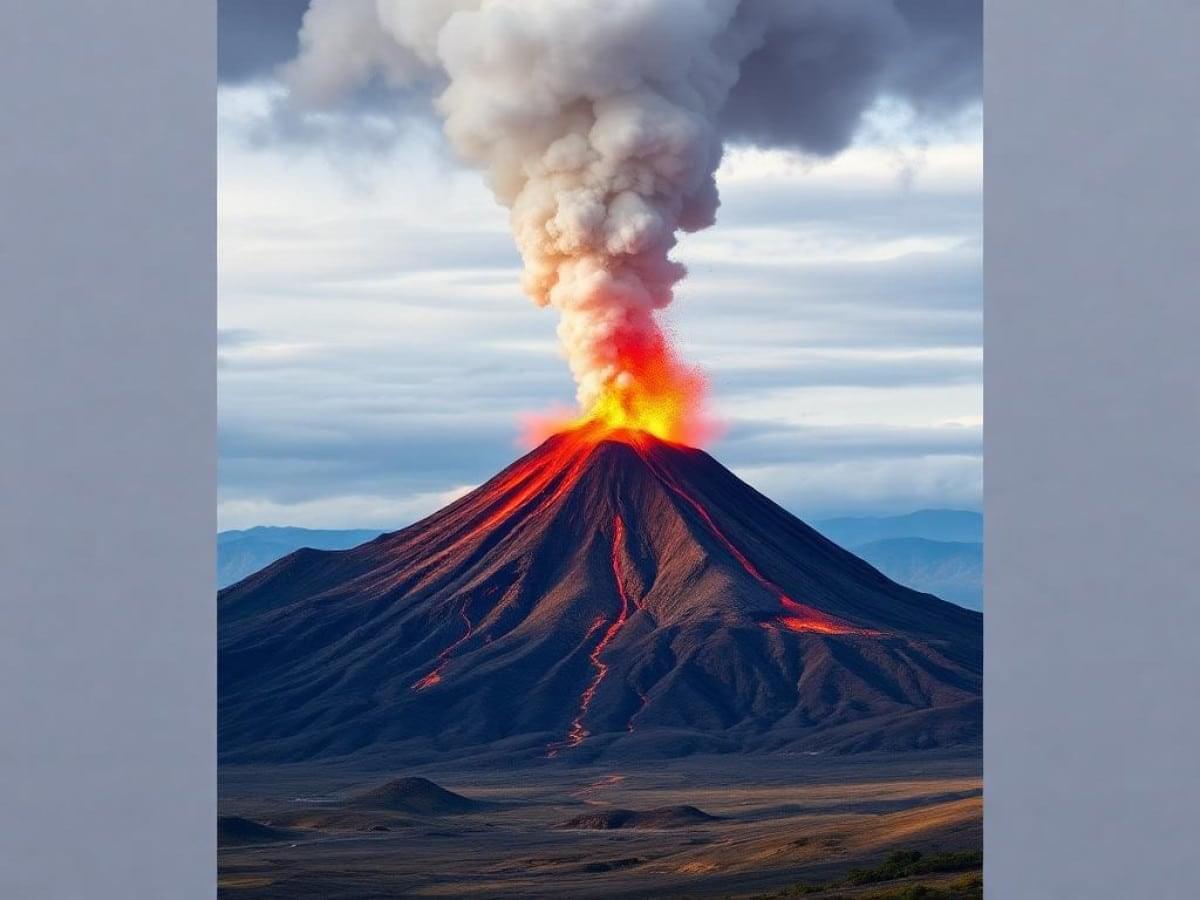
Though the last volcanic eruption in Puy-de-Dôme dates back to ancient times, there could be new occurrences in the future within the Central Massif. It is indeed true that a layer of lava lies beneath the region and is expected to eventually resurface.
In France, Puy de Dôme is not only known as a department but primarily as a volcano approximately 11,000 years old, with its last eruption occurring in 5,760 BC. Since then, no lava has flowed within France. However, this might not be a permanent situation, according to Guillaume Boudoire, a volcanologist at the Laboratory of Magmas and Volcanoes at Clermont Auvergne University. Interviewed by the Journal Du Net in an article published in April 2025, Boudoire spoke about a very likely “volcanic reactivation” in the Central Massif.
While the expert is certain of this reactivation, it’s crucial to note that forecasting future eruptions is extremely challenging. However, volcanic activity tends to follow cycles, alternating between active and dormant phases. The activity in the Central Massif is not extinguished but merely slumbering, having been dormant for 7,000 years.